Lemon tree is an original addition to home decor and fragrant fruits to the table. Growing a lemon from a seed is not difficult, the most important thing is to follow the recommendations and provide the plant with the necessary conditions. Thanks to constant care, you can get the first crop 4 years after planting. For the reproduction of lemon seeds are used precisely because this method is the fastest and quite effective.
Content
Home Lemon Tree Feature
The birthplace of lemon are China and India. In indoor conditions, the plant grows up to 3 m tall. Citrus has a thin green stalk, which eventually becomes woody. The leaves are small, elongated, dark green with a glossy surface. Small inflorescences of white color appear on the plant, which are located in the axils of the leaves. Lemon buds are formed almost all year round, and the period of their active growth begins in the spring.
A month later, buds appear, which in the same period of time opens. The tree blooms only a few days. The buds exude a pleasant sweetish aroma. The formation and growth of buds is influenced by the ambient temperature, which is why its slightest differences can provoke falling leaves and flowering. The color of flowering depends on the type of tree.
The fruits of the plant have a rich yellow color, and at home they can grow even larger than purchased ones - up to 70 grams in weight, and inside contain seeds. The shape of the fruit depends on the species.
The fruits contain a large number of volatile, which are released into the air and have an antimicrobial effect. In addition, the content of vitamins of groups A, B, C, E, some minerals and macronutrients has a positive effect on human health. The high fiber and pectin content in the pulp helps to eliminate constipation.
Preparation of seeds and soil
To get a healthy fruiting tree, you need to choose the right seeds and prepare the substrate.
For planting, it is ideal to use only seeds from freshly picked fruits. However, given the fact that some fruits have been on the shelves for a long time, you need to choose the freshest. From the fruits, the largest seeds are selected. Experienced flower growers recommend preparing not one, but immediately a dozen seeds, to increase the likelihood of seedlings.
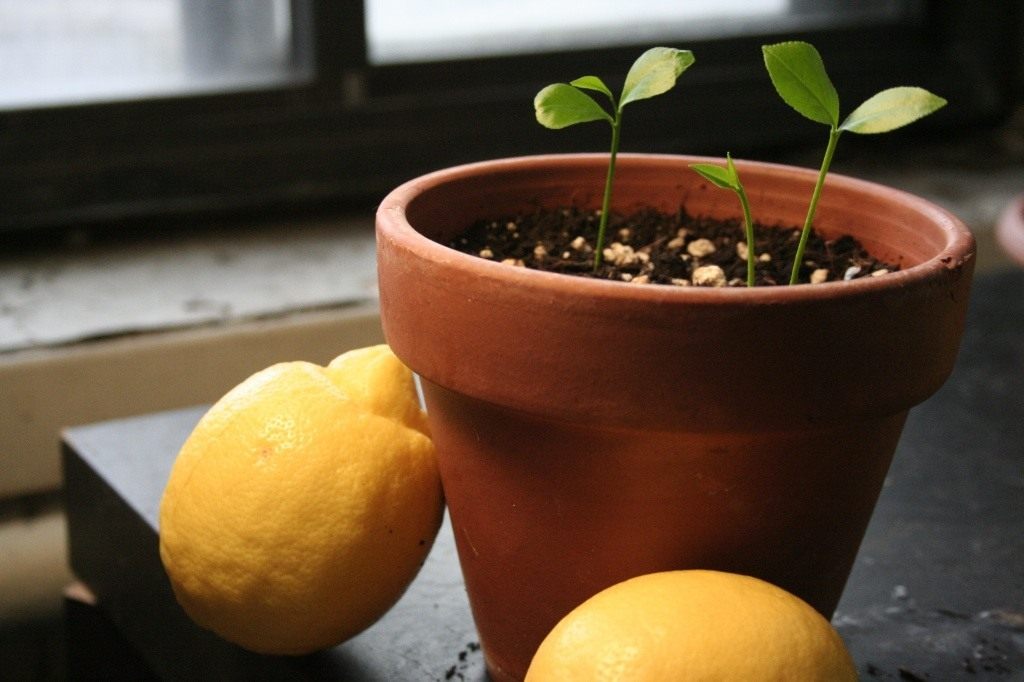
The main requirements for the substrate are light permeability of air, water and friability through it. It is important to prepare a substrate with neutral acidity - citrus fruits do not like acid or alkaline soils.
For the preparation of the substrate, leaf, garden and turf lands are used, sand, peat land, compost and humus. Sand should be one tenth of the total substrate. In order to nourish the soil, it is necessary to add a larger amount of leafy soil.
Before use, the substrate is steamed in the oven at 80 degrees for several hours in order to get rid of parasite larvae and fungal spores. After the earth has cooled, it can be used for planting.
Also, vermiculite, an artificial component that adsorbs water well, can be added to the soil. Perlite can be added to improve the porosity of the earth, and Dolomite is suitable to reduce acidity.
The algorithm for growing lemon at home from the seed
Growing a lemon in our usual home environment is a laborious and troublesome task, however, it can turn into a pleasant hobby if you follow the recommendations and advice of experienced gardeners.
Planting seeds
After the seeds are selected, they must be immediately planted in a container. It can be a glass or a small pot in which there should be drainage holes. Experienced experts recommend treating them with a growth stimulant for better rooting and quick shoots. As a biological stimulant, you can choose sodium humate.
The bones are dipped in the solution overnight, and then for 10 hours in warm water with a drop of Zircon (1 drop per glass of water). These drugs not only accelerate growth, but also contribute to increasing resistance to diseases. For planting, a dozen seeds are selected and planted in a prepared substrate to a depth of 2 cm. The upper soil layer is slightly loosened by hand.
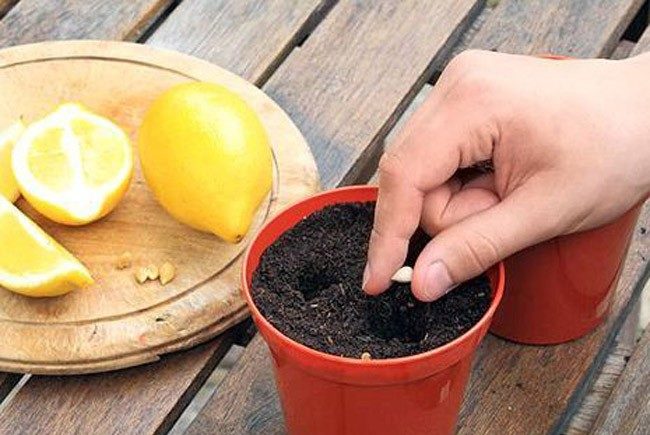
1 seed planted in each container. Young plants begin to break through after 3-4 weeks. Several shoots can break out of one bone, then it is worth choosing the strongest.
Selection and transplanting of seedlings
Seedlings are taken after 4-5 months, when they are already growing. For transplantation and further cultivation, only the best seedlings are selected. Specialists recommend growing further those young plants on which a larger number of leaves are preserved, which rarely fall.
Actions for more active fruiting
In order to achieve fruiting of the tree, it is necessary to ensure the presence of important organic substances. That is why it is necessary to fertilize the plant in the phase of active growth. To stimulate growth, you can make Stimovit, which can be purchased in specialized stores. Only observing the rules for care will help stimulate active fruiting.
Tree care
It is careful care and constant maintenance of the necessary conditions that are considered a guarantee of active growth and fruiting of the plant.
Watering
Watering a lemon tree should be moderate. So, in the summer, you need to water 3 times a week, and in the winter, the number of waterings is reduced to 2 times a week. Water must not be allowed to stagnate in the pot and the substrate is constantly wet, as this can lead to rotting of the root system.
Only filtered water should be used for irrigation, as the flowing water is too hard and can harm lemon. In addition to watering, the leaves of the tree must be wiped weekly or sprayed with warm water. If a pot of wood is on the windowsill near the battery in the winter, then you need to moisten the lemon more often.
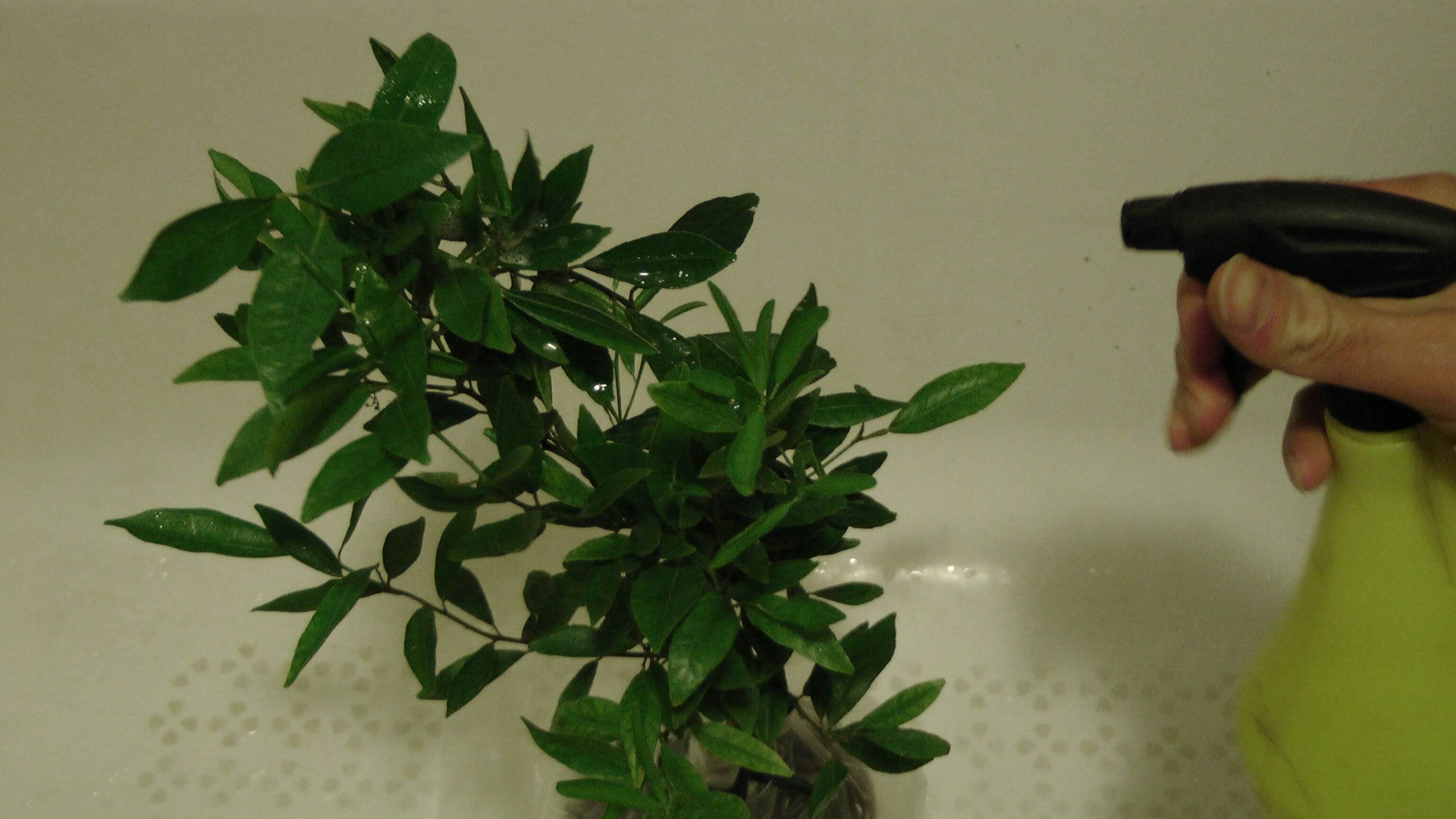
Transfer
For transplantation, it is necessary to choose a not too spacious pot so as not to provoke rotting of the root system. At the bottom of the pot laid out a drainage layer of several centimeters. After this, heat-treated river sand should be poured with a thin layer.
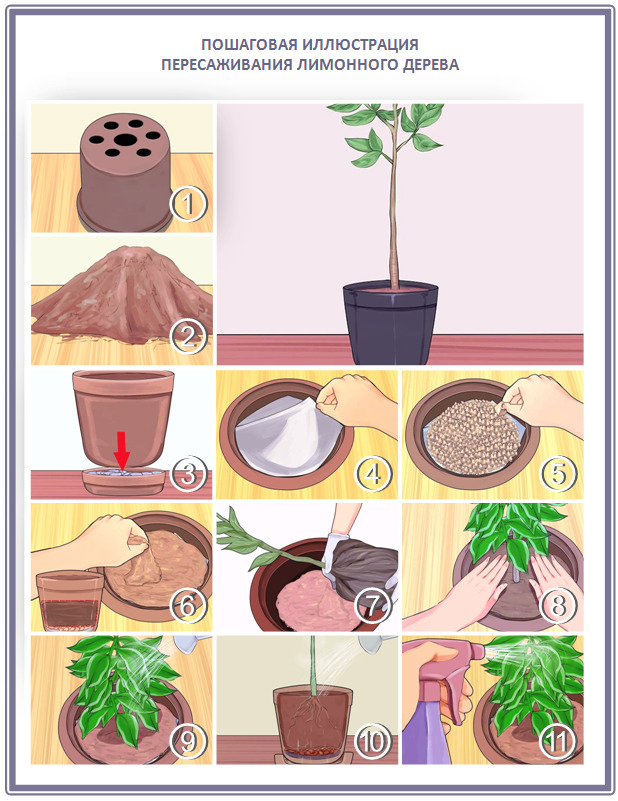
Then, soil is poured into the pot, so that the root system of the lemon is completely immersed in it. The tree is covered with earth on the neck. The top layer of the substrate is fluffed with hands. After transplanting, the plant is watered with clean water to nourish the roots.
Top dressing
Experts recommend the use of mineral and nitrogen fertilizers. Nitrogen should be several times more. It is necessary to fertilize during the period of active growth, that is, 5 months after planting.
In addition to purchased fertilizers, alternative methods can also be used. So, to replenish the nitrogen balance, finely grind the quinoa and add it to the substrate. Phosphorus and potassium can be obtained from wood ash by adding it to water for irrigation in the amount of 1 teaspoon per liter of water.
Bone glue will help compensate for the lack of phosphorus. For preparation, glue is diluted with 2 liters of water, boiled and a plant is watered with a viscous liquid. Coffee grounds or used tea leaves are also used as mineral fertilizers.
Do I need to trim and vaccinate?
In order to enhance fruiting, lateral shoots immediately pinch. In order for the plant to have a dense crown, it is necessary to trim the apex before the active growth phase, so lateral growth is activated. In order to prevent thickening of the crown, one must not allow branches to grow inside the crown.
Experts recommend using the ringing method. For this, a trunk with several branches is wrapped in copper wire. The wire should dig a little into the barrel. This contributes to the deformation and accumulation of substances that stimulate fruiting. Half a year later, the ring is removed, and its place is smeared with garden var and rewound with a thin strip of polyethylene.
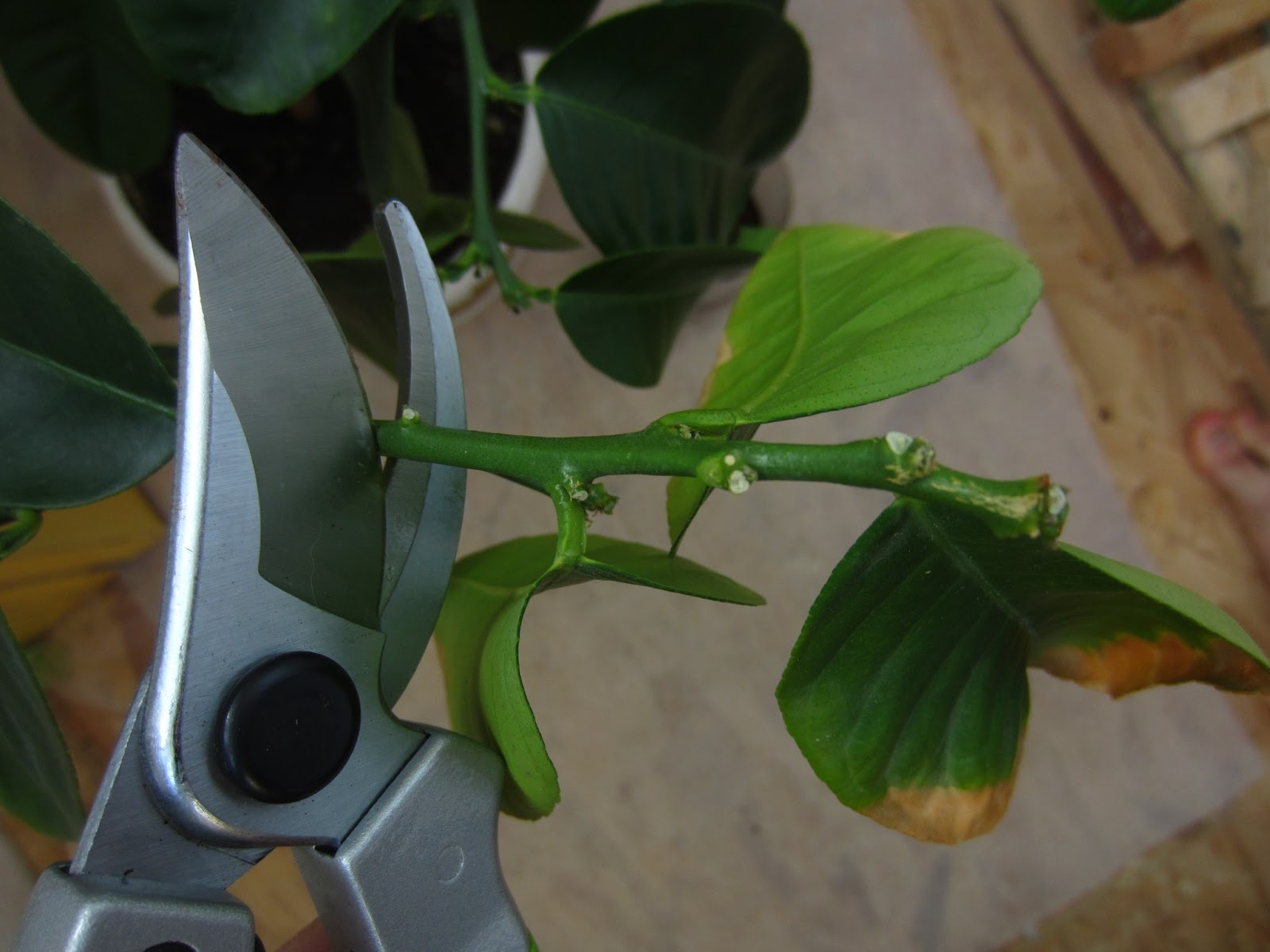
In addition, to obtain a crop, it is necessary to plant a lemon. Vaccination can be carried out from the moment when the trunk of a young seedling has reached 5 cm in diameter.
To do this, you must initially moisten the trunk and make a shallow incision in the form of the letter T at a height of 5 cm from the ground. The size of the vertical line should be 10 mm, and the horizontal should be 25 mm. The edges formed by the vertical line gently bend outward.
On a fruiting tree, a peephole is cut from a branch, capturing a thin layer of bark. A cut part is inserted into a pre-cut on the barrel so that it fits snugly. The vaccination site is tightly wrapped with special tape, leaving the eye uncoated.
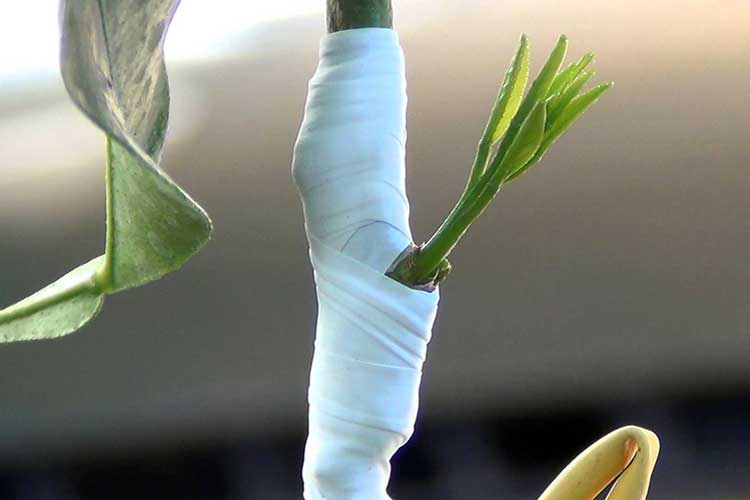
To increase the likelihood, two kidneys can be inoculated. After the grafted part has taken root, the crown of the young plant is cut 5 cm above the graft site.
Diseases and pests, treatment methods
Most often at home on a tree they like to parasitize a spider mite, aphid and mealybug. The appearance of these parasites is accompanied by the drying of the plant, falling leaves and the death of the tree, as insects feed on its sap.
To cure the plant, it is first necessary to remove the parasites with a cotton swab and anabazine sulfate. With this solution, the plant is treated again after a week. If there are too many parasites, then the tree is treated with celandine, tobacco, Ditox or Fitoverm.
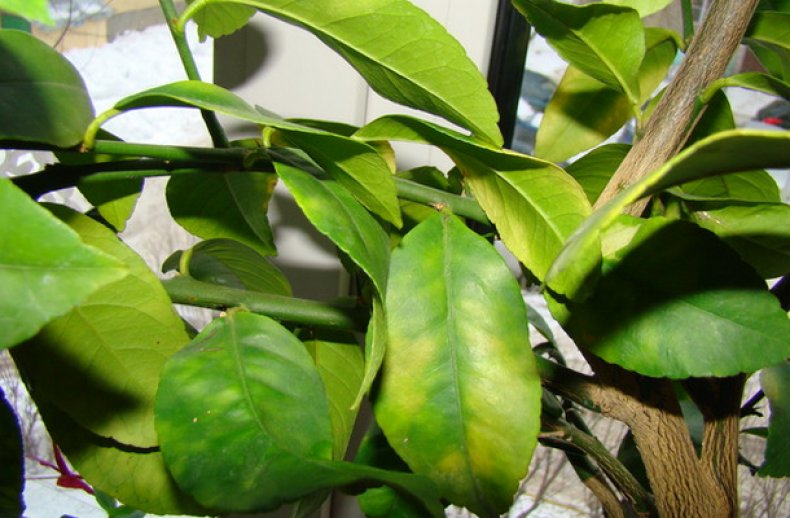
The most common diseases include fungus and gummosis. Their occurrence is associated with improper care. These diseases can cause the death of the plant, if it is not cured in time.
First of all, the damaged parts are cut off, the rest is treated with copper sulfate. You can also use the drug Runnet. To moisturize, the plant is wiped with a rag with warm water. To maintain the lemon, fertilizer is applied to the soil.
Common Growing Questions
Most often, questions arise about how to properly grow a plant.
Lemon tree is grown on the windowsill in order to get delicious fruits and decorate the interior of the house. It is easy to grow a plant if you follow all the rules and recommendations, and the first crop can be obtained in 4-5 years.

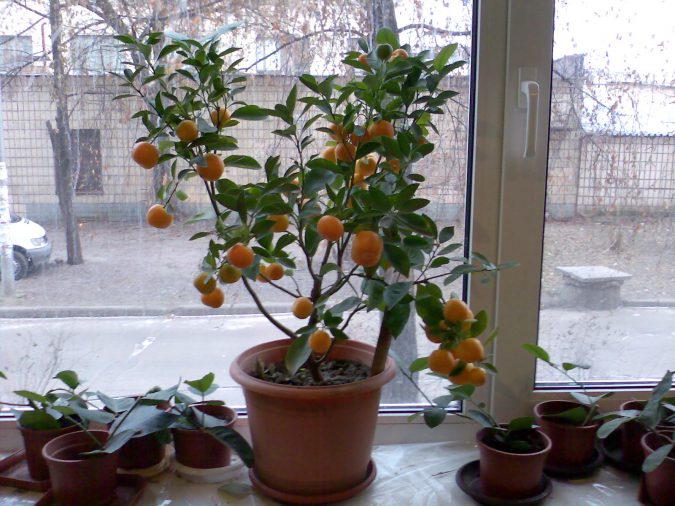
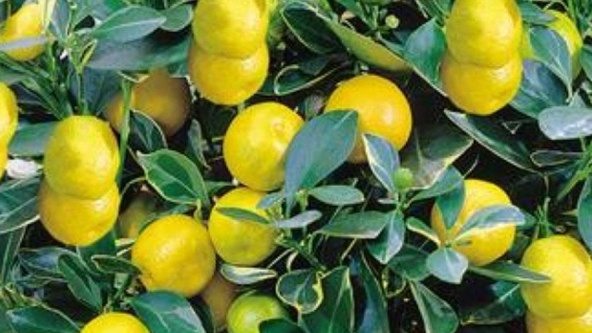
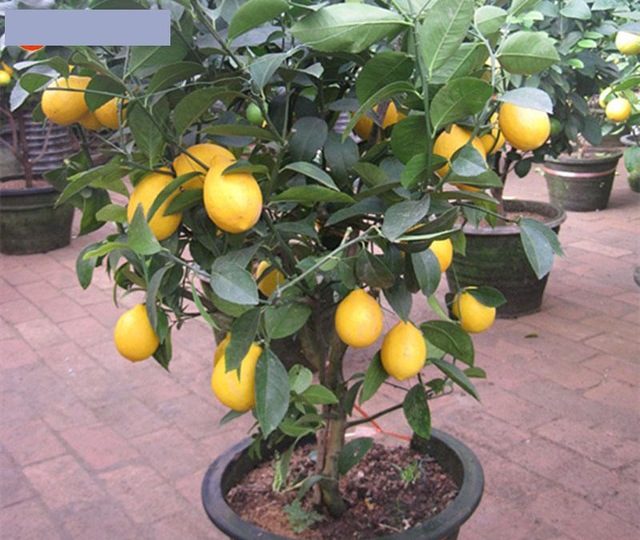
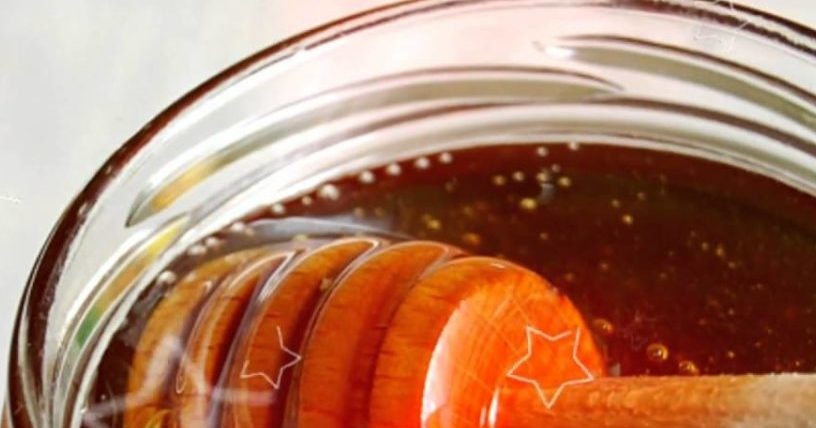
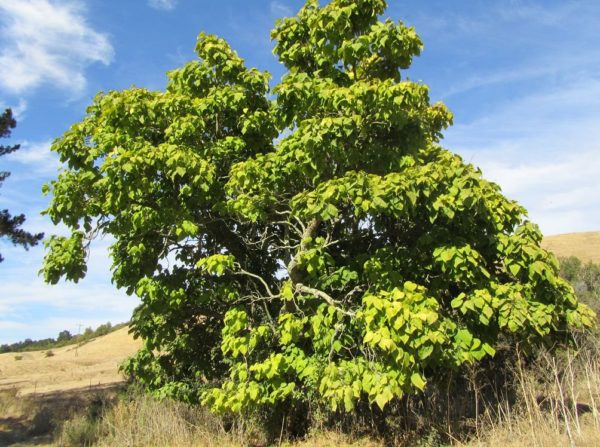
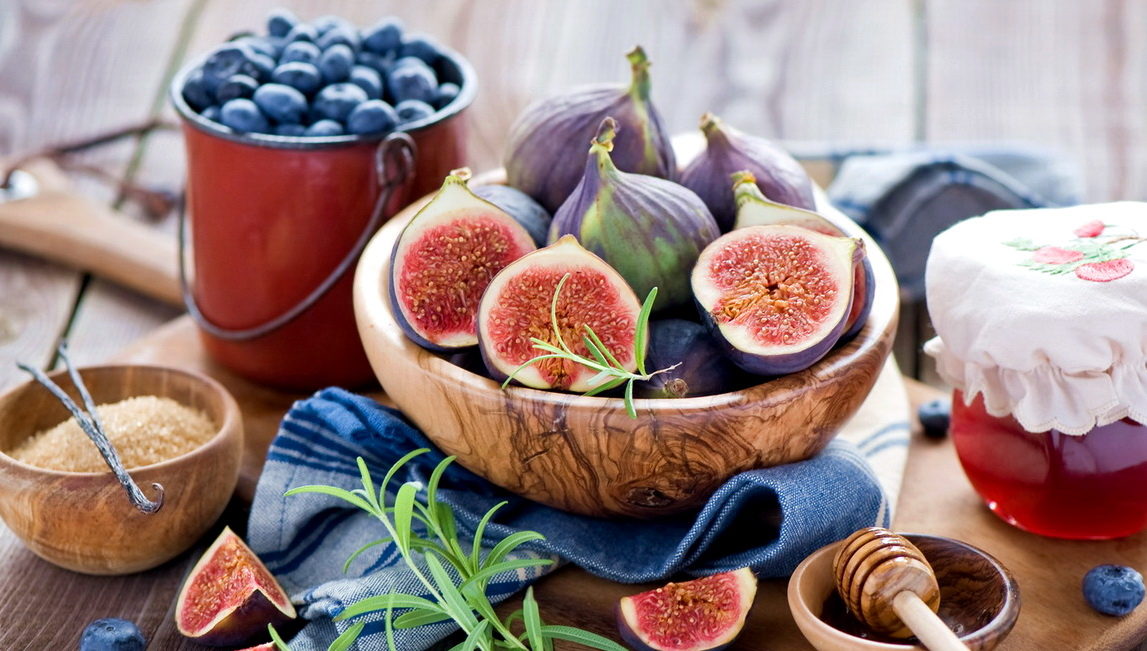
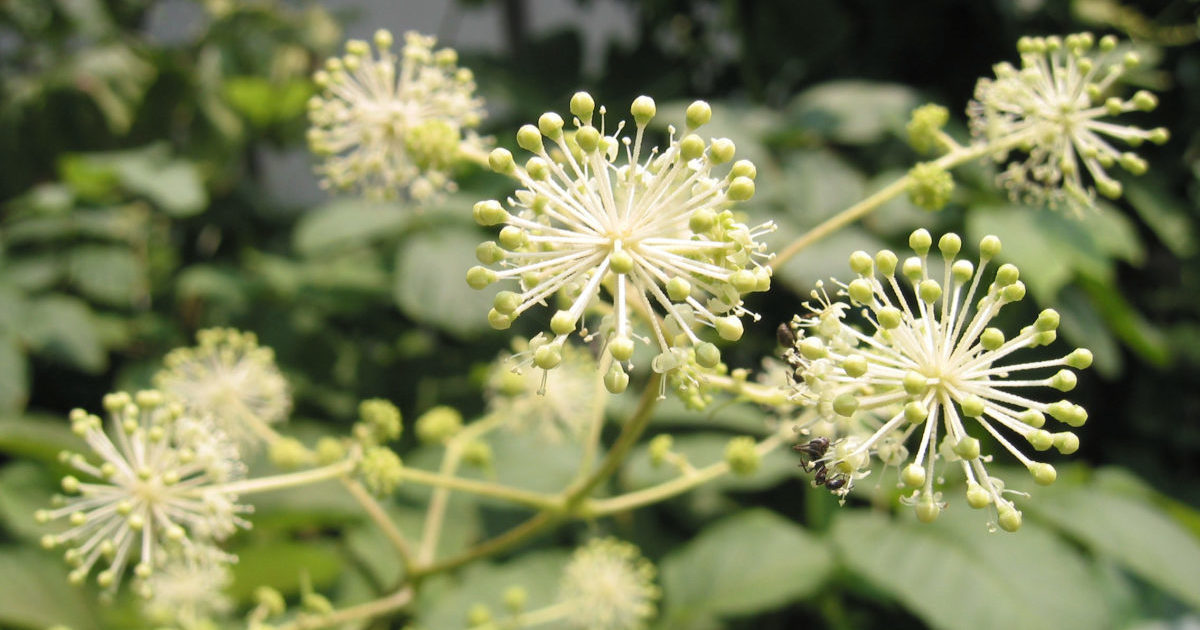 Aralia Manchurian - medicinal properties and contraindications, the use of tinctures in bodybuilding
Aralia Manchurian - medicinal properties and contraindications, the use of tinctures in bodybuilding Seedless pomegranate - cutaway appearance, benefits and harms
Seedless pomegranate - cutaway appearance, benefits and harms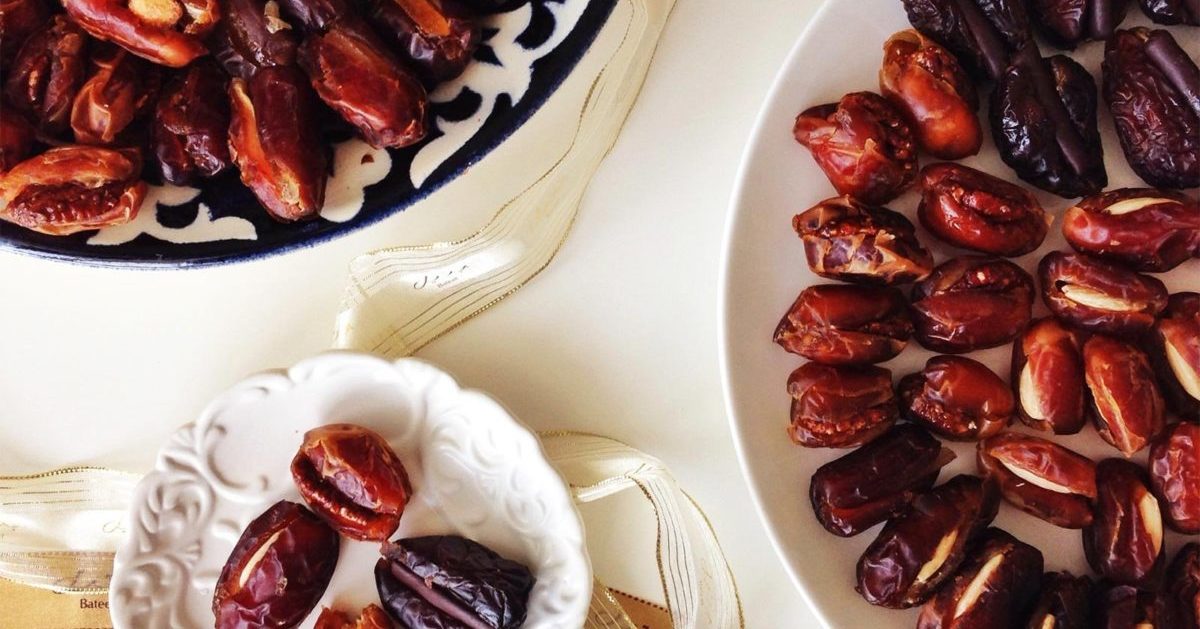 Dates - the benefits and harm to the body, how much you need to eat, properties and calorie content
Dates - the benefits and harm to the body, how much you need to eat, properties and calorie content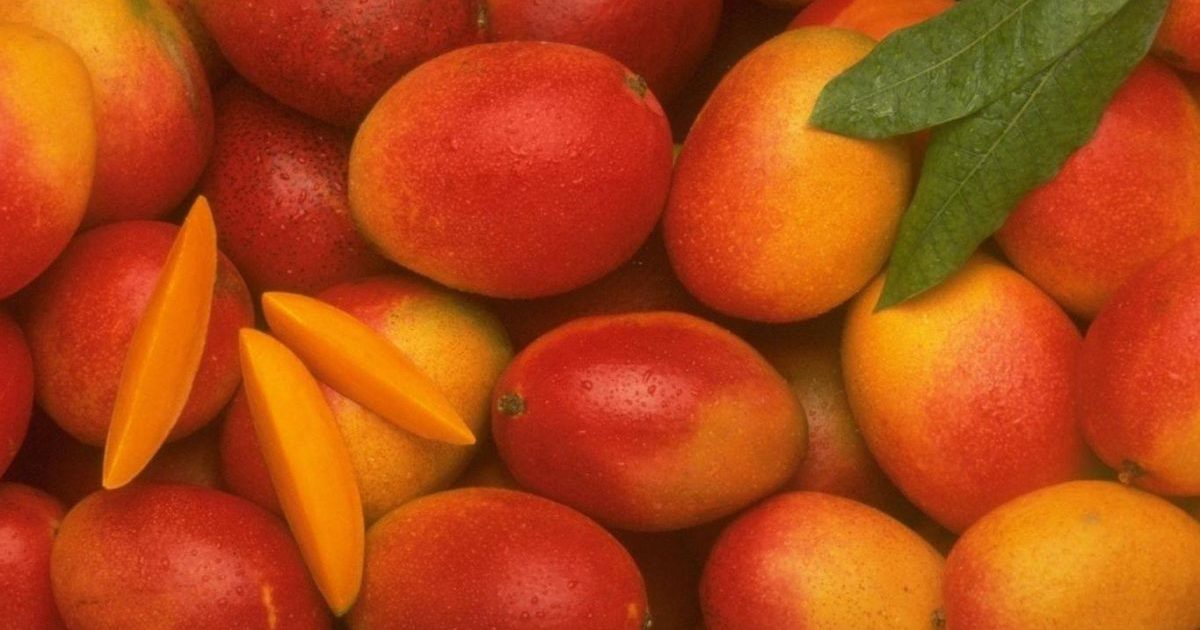 The benefits and harms of mango for the body of women and men - how to eat it?
The benefits and harms of mango for the body of women and men - how to eat it?